Details of the Target
General Information of Target
Probe(s) Labeling This Target
ABPP Probe
| Probe name | Structure | Binding Site(Ratio) | Interaction ID | Ref | |
|---|---|---|---|---|---|
|
P2 Probe Info |
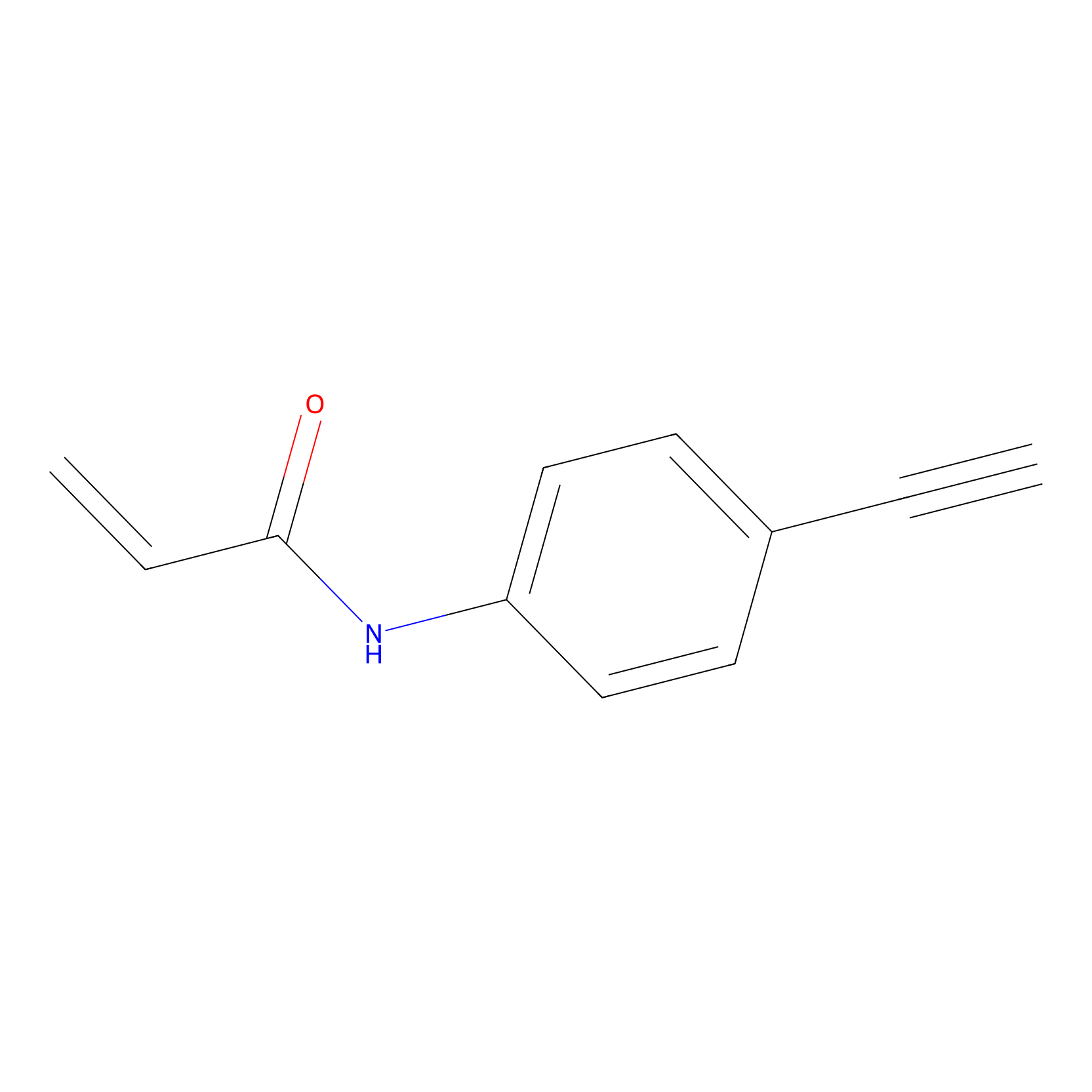 |
1.92 | LDD0453 | [1] | |
|
YN-4 Probe Info |
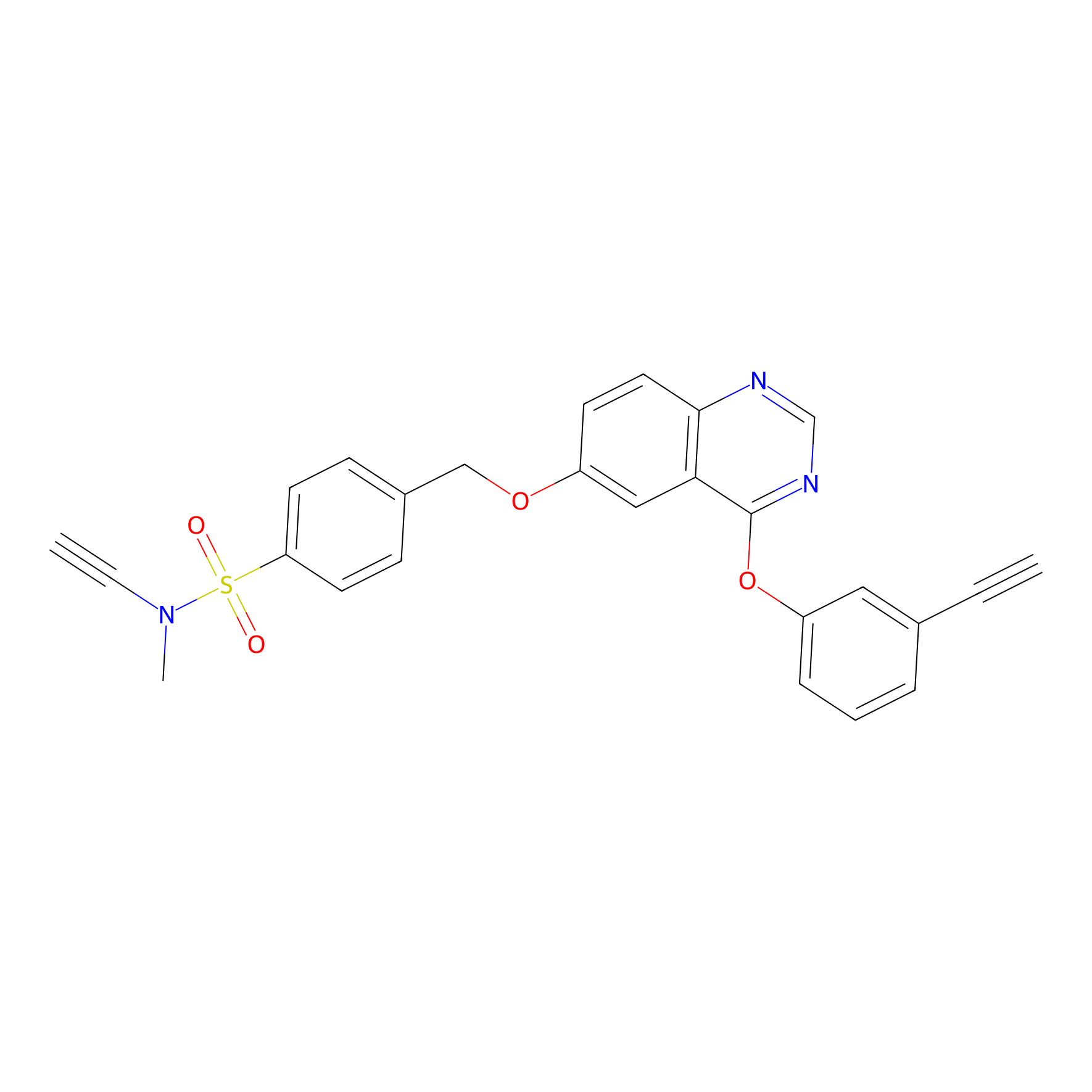 |
100.00 | LDD0445 | [2] | |
|
AF-1 Probe Info |
 |
1.88 | LDD0421 | [3] | |
|
AF-2 Probe Info |
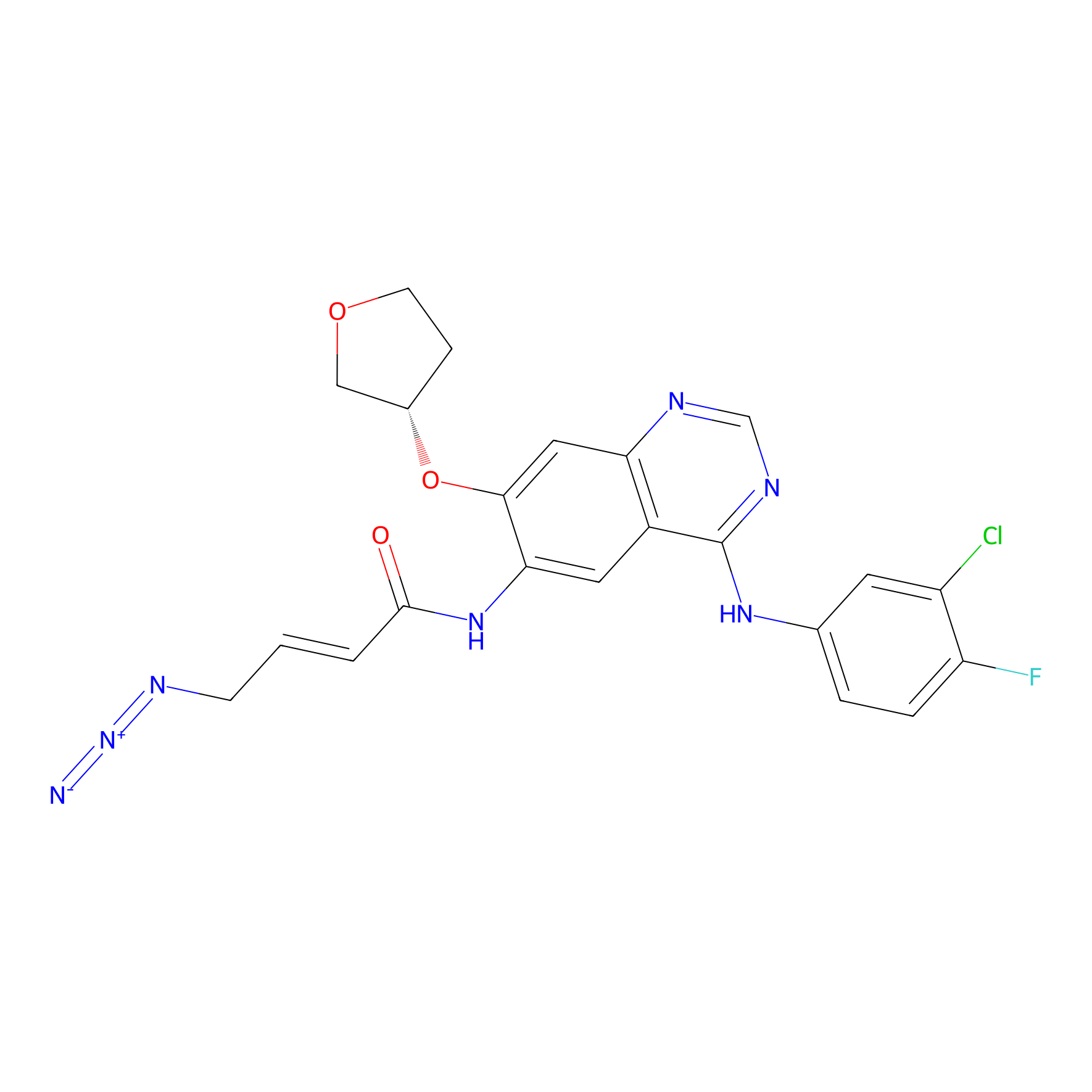 |
2.37 | LDD0422 | [3] | |
|
DBIA Probe Info |
 |
C49(26.03) | LDD3319 | [4] | |
|
AZ-9 Probe Info |
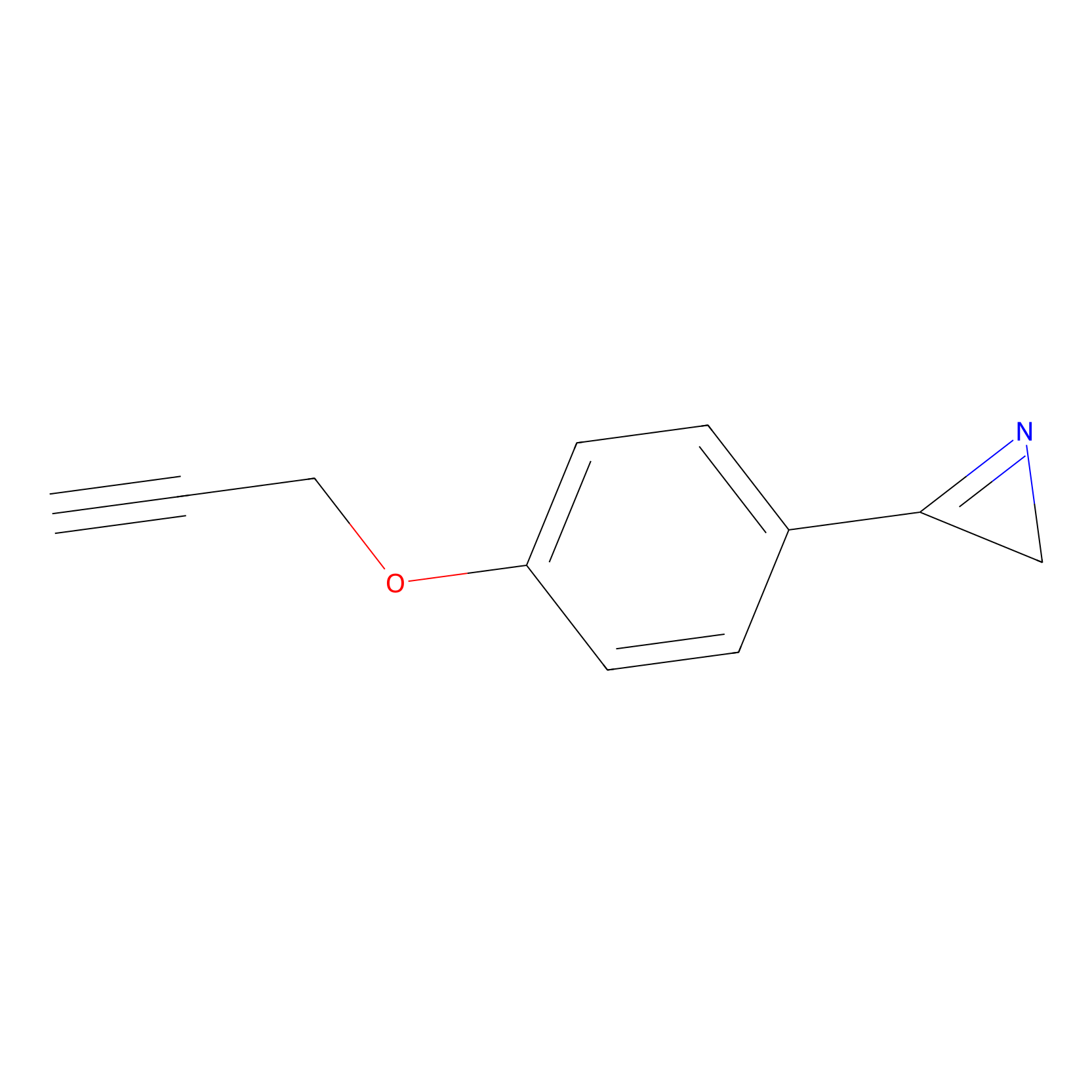 |
10.00 | LDD2154 | [5] | |
|
Jackson_14 Probe Info |
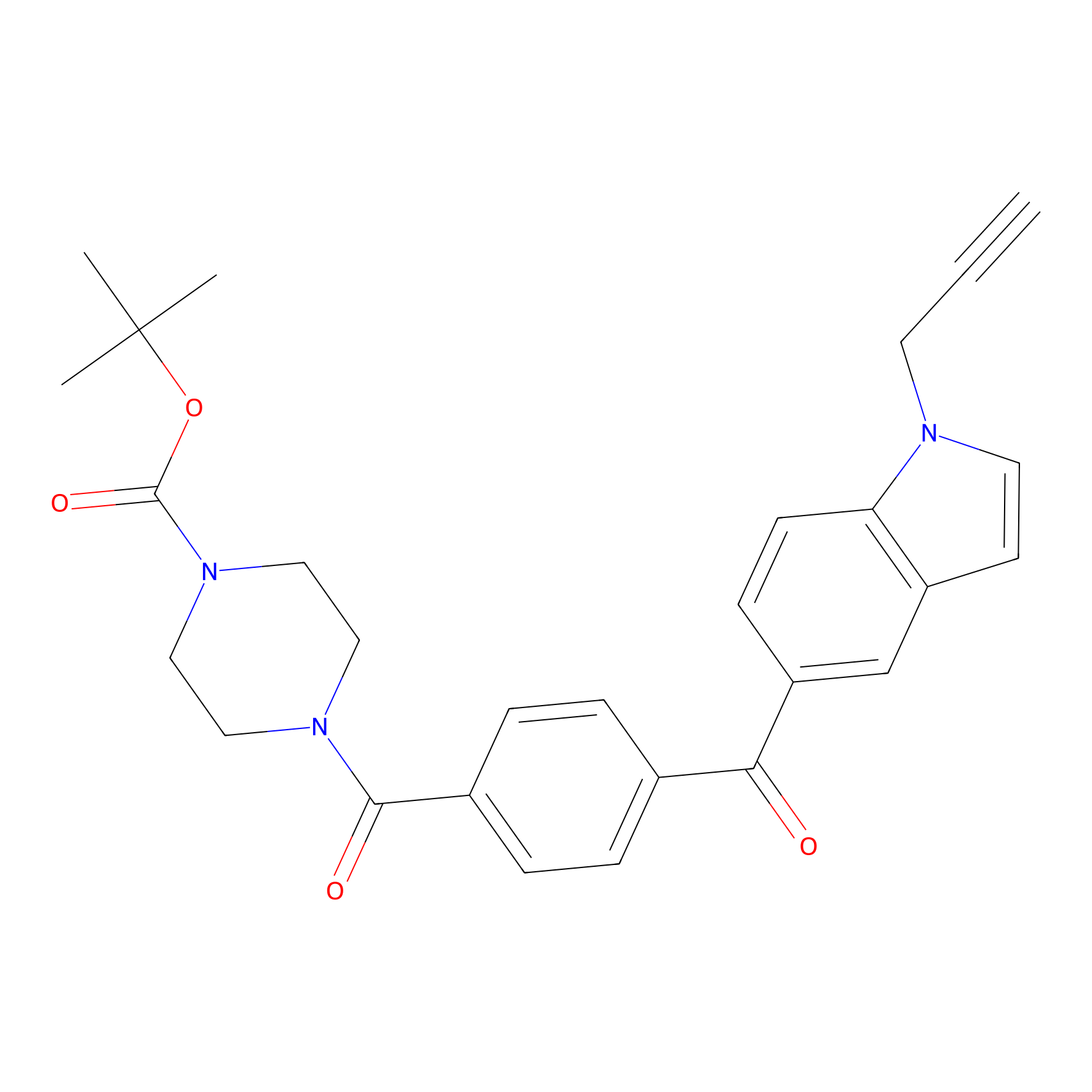 |
16.67 | LDD0123 | [6] | |
|
Johansson_61 Probe Info |
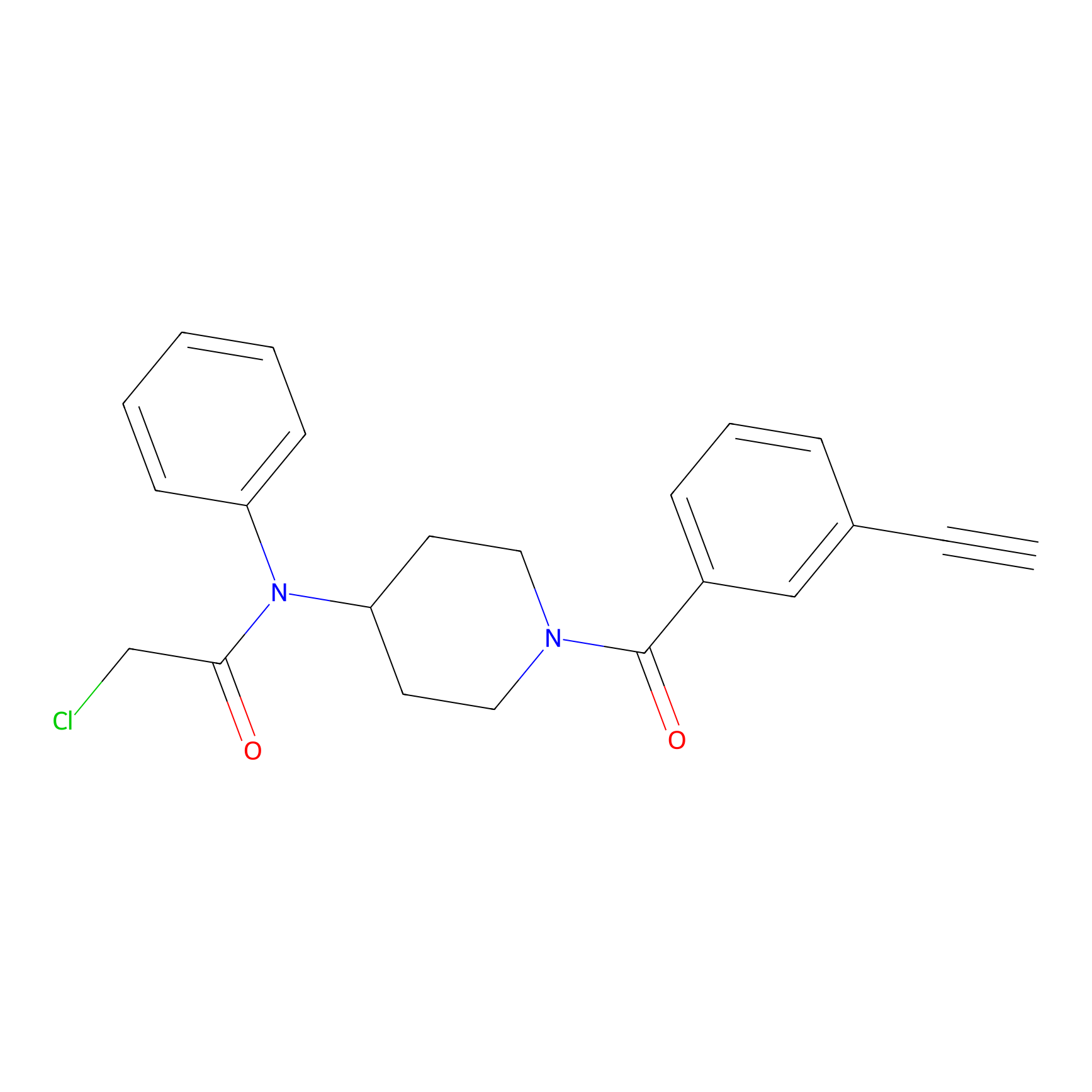 |
_(10.07) | LDD1485 | [7] | |
|
IMP-1710 Probe Info |
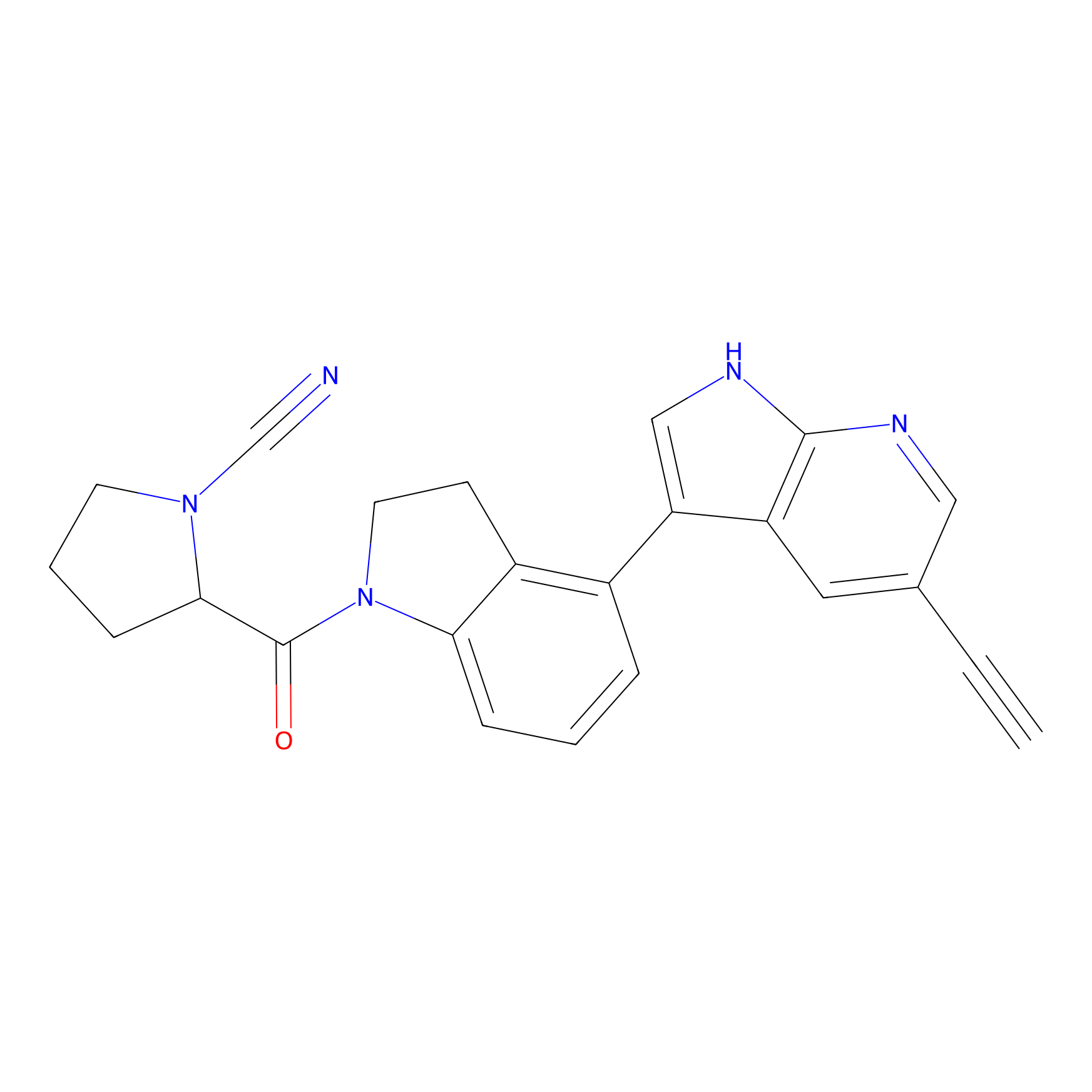 |
2.58 | LDD0040 | [8] | |
|
IA-alkyne Probe Info |
 |
N.A. | LDD0036 | [9] | |
|
Lodoacetamide azide Probe Info |
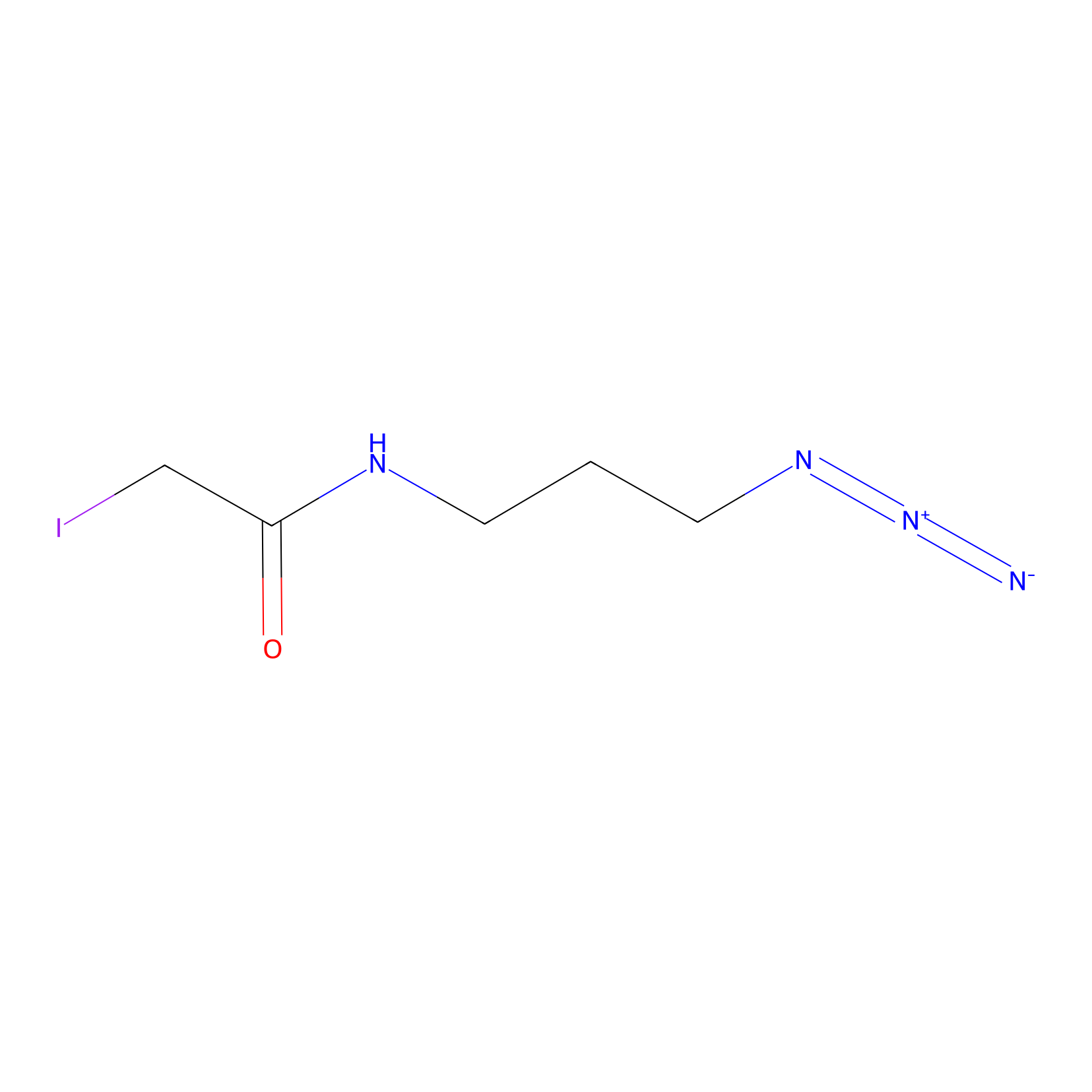 |
C49(0.00); C497(0.00) | LDD0037 | [9] | |
|
YN-1 Probe Info |
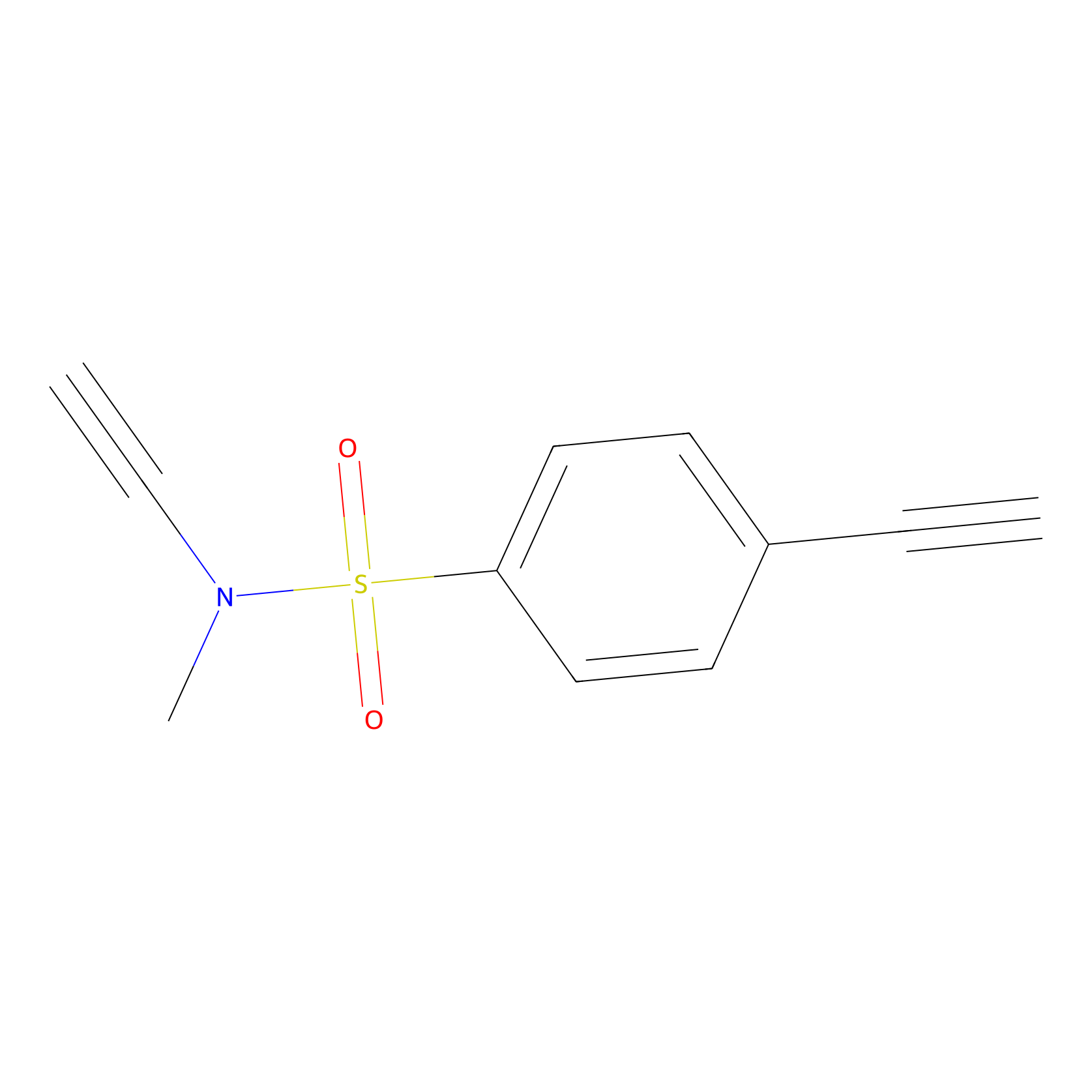 |
N.A. | LDD0447 | [2] | |
PAL-AfBPP Probe
| Probe name | Structure | Binding Site(Ratio) | Interaction ID | Ref | |
|---|---|---|---|---|---|
|
STS-2 Probe Info |
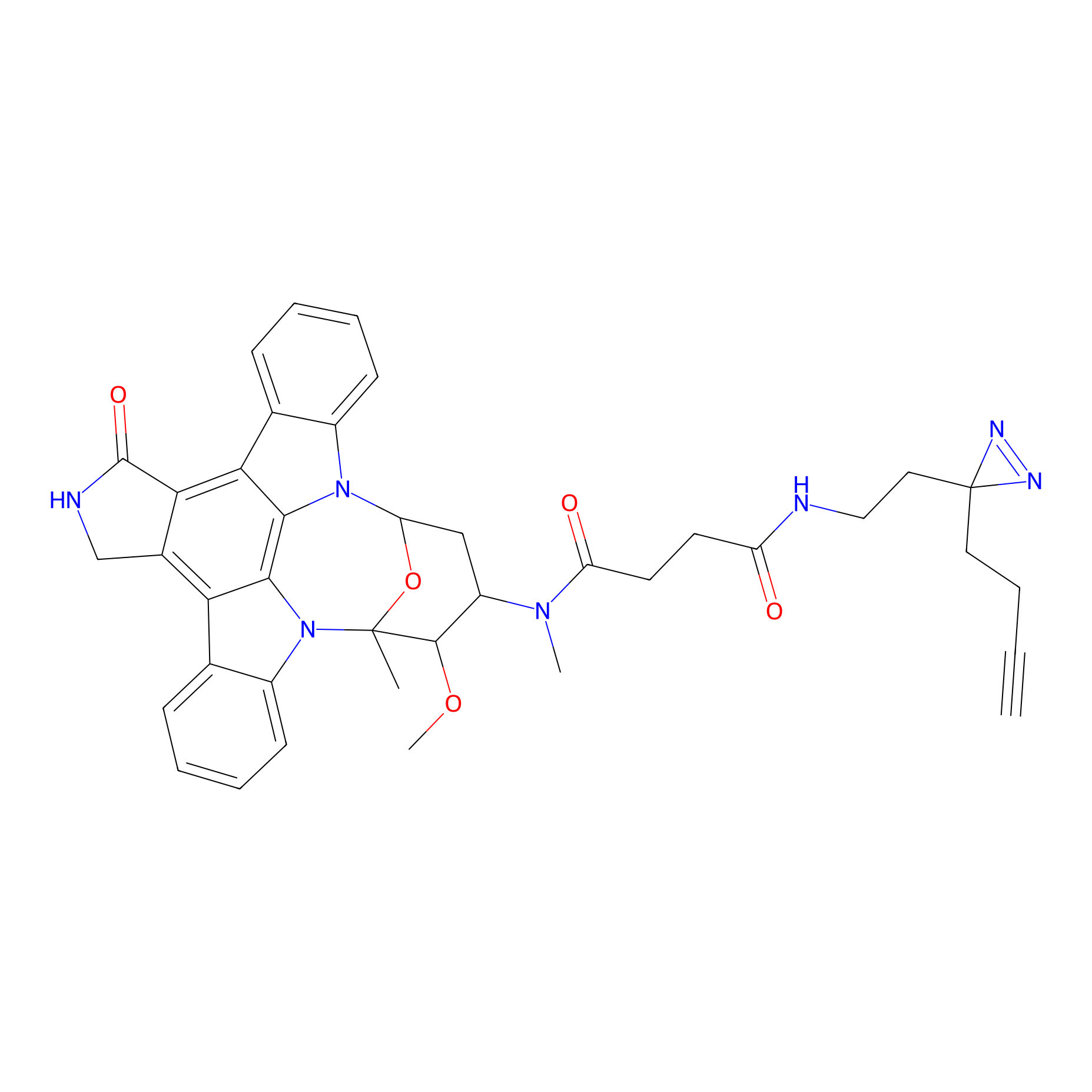 |
2.06 | LDD0139 | [10] | |
|
VE-P Probe Info |
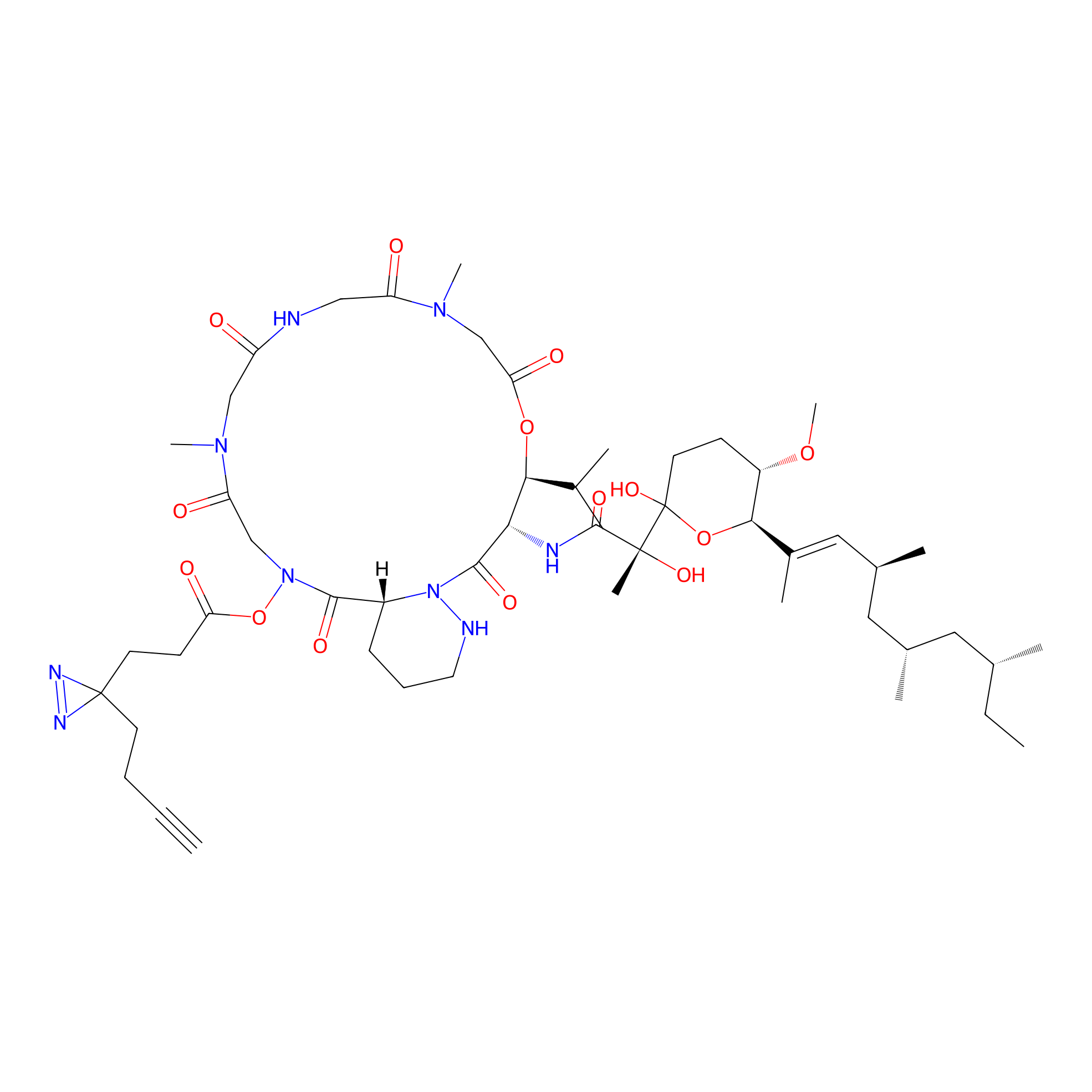 |
N.A. | LDD0396 | [11] | |
|
STS-1 Probe Info |
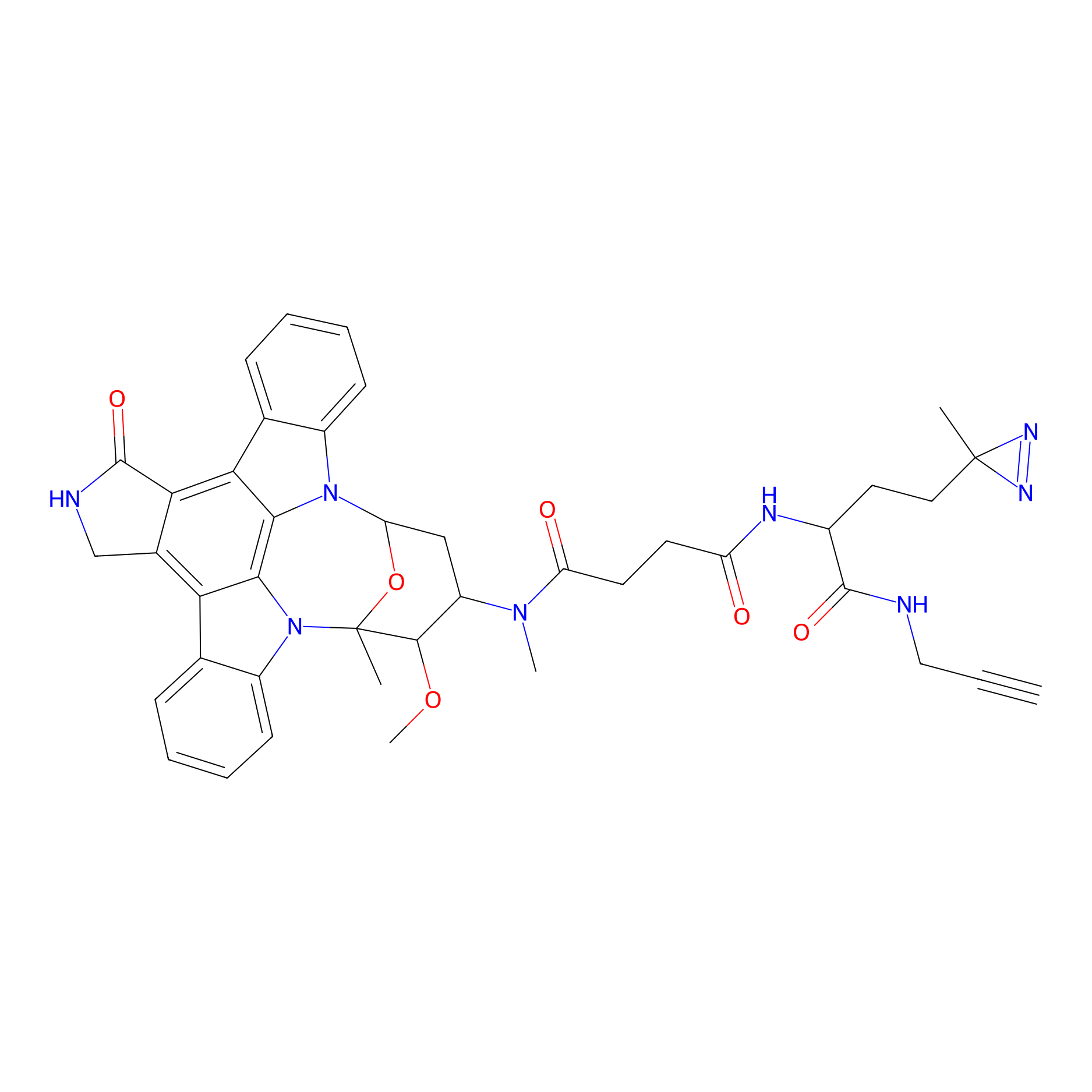 |
N.A. | LDD0069 | [12] | |
Competitor(s) Related to This Target
| Competitor ID | Name | Cell line | Binding Site(Ratio) | Interaction ID | Ref |
|---|---|---|---|---|---|
| LDCM0166 | Afatinib | A431 | 1.88 | LDD0421 | [3] |
| LDCM0151 | AZ-11 | HeLa | 10.00 | LDD2154 | [5] |
| LDCM0617 | Fragment63-S | Jurkat | _(20.00) | LDD1491 | [7] |
| LDCM0569 | Fragment7 | Jurkat | _(10.07) | LDD1485 | [7] |
| LDCM0022 | KB02 | A101D | C49(6.69) | LDD2250 | [4] |
| LDCM0023 | KB03 | A101D | C49(9.20) | LDD2667 | [4] |
| LDCM0024 | KB05 | MEWO | C49(26.03) | LDD3319 | [4] |
| LDCM0001 | Panyain_cp1 | HEK-293T | 2.58 | LDD0040 | [8] |
| LDCM0016 | Ranjitkar_cp1 | MDA-MB-231 | 16.67 | LDD0123 | [6] |
The Interaction Atlas With This Target
The Protein(s) Related To This Target
Enzyme
Transporter and channel
| Protein name | Family | Uniprot ID | |||
|---|---|---|---|---|---|
| Nuclear pore glycoprotein p62 (NUP62) | Nucleoporin NSP1/NUP62 family | P37198 | |||
Transcription factor
| Protein name | Family | Uniprot ID | |||
|---|---|---|---|---|---|
| High mobility group protein 20A (HMG20A) | . | Q9NP66 | |||
GPCR
| Protein name | Family | Uniprot ID | |||
|---|---|---|---|---|---|
| Free fatty acid receptor 2 (FFAR2) | G-protein coupled receptor 1 family | O15552 | |||
Other
References
